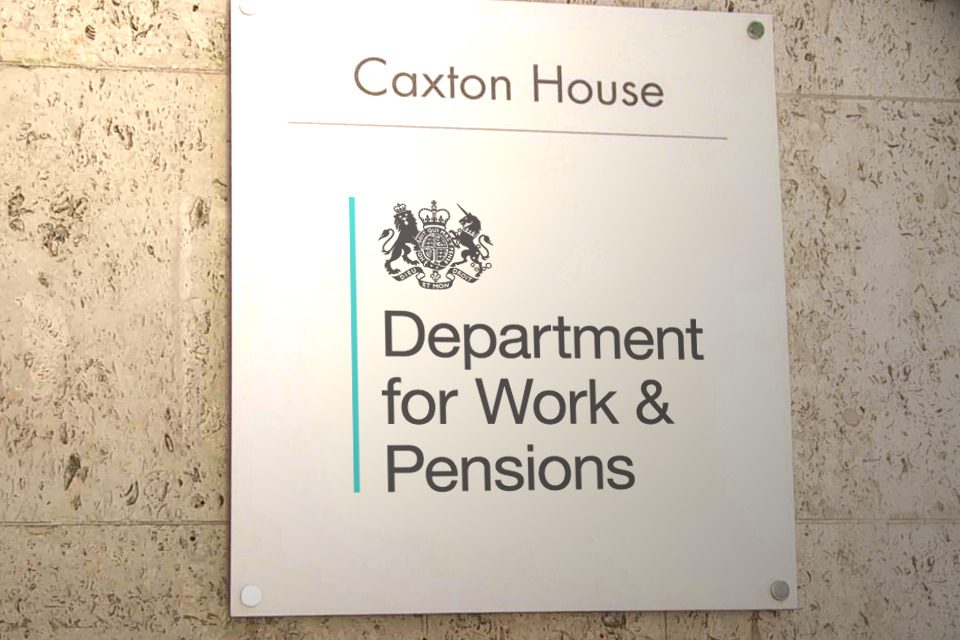Contract related to improving online claims process for Access to Work support instructs that supplier may be asked to support the ‘integration of ATW with a new National Work Service’
Documents published by the Department for Work and Pensions indicate that ministers are considering creating “a new National Work Service” that would be merged with the existing Access to Work scheme to support people with disabilities find employment and perform their job.
But the department has indicated to PublicTechnology that several references to such a plan – contained in a recently published commercial document – were made in error, and without explanation.
References to the National Work Service are made several times in a contract related to improving the online claims process for those seeking Access to Work (ATW) grants – which can be awarded to help claimants pay for things such as specialist technology or workplace adaptations, or the services of a sign-language interpreter to support a job interview process.
In addition to helping the DWP in “transforming the end-to-end ATW service to ensure it is as digital, accessible, usable and efficient as possible”, the supplier – Capgemini – may also be asked provide the department with “support for a potential National Work Service”, according to the contract.
This potential development of such service stems from “ministerial requests to investigate further future changes to the provision of workplace support”.
In a detailed timeline of deliverables, the £2.5m deal – which came into effect last week and runs for an initial term of one year – says that “integration of the ATW service with a new National Work Service… could be in scope of this contract”. Whether or not such an integration takes place within the term of the contract is “dependent on ministerial priorities”, and the date for doing so “will be agreed with the supplier and the department when agreement is reached with the minister for disabled people” – a role which is currently filled by Mims Davies, the Conservative MP for Mims Davies.
Related content
- DWP hopes tuned-up online service will speed up applications for disabled in-work support benefit
- ‘Our current set-up is unsustainable’ – DWP modernisation project signs £1m deal to progress work on unified digital service for benefits
- ‘DWP is moving away from seeing someone as a benefit recipient – and asking how we can respond to their circumstances’
In response to enquiries from PublicTechnology, the DWP indicated that the inclusion of references to the National Work Service was an error that it could not explain, and that these mentions would be removed. It did not provide any detail on what such a service could entail, and did not comment further.
About 24 hours after this story was first published, the contract document was removed from the procurement notice.
Historically, the idea or implementation of a National Work Service – or something bearing a similar name – has referred to a state-backed programme to deliver mandatory or voluntary employment to citizens.
The Work Programme was a policy mainstay of the coalition government of 2010 to 2015. The scheme, which included the now-discontinued practice of mandatory work placements for some benefit claimants, was formally shut down in 2017 and replaced by the Work and Health Programme – which remains in place, with the aim of helping find work for the long-term unemployed, as well as for people with health conditions or disabilities.
The Capgemini contract – which could be extended to 2026, with total spending of £6m – also states that the supplier may be tasked with supporting “an expansion of the ATW service to handle up to 200,000 applications” a year. Government statistics reveal that just under 50,000 people were approved for some form of support in the 2022/23 year.
The deal is one of three that the French-headquartered IT company has recently won to support digital tools for the DWP’s “health and disability” range of services. The other two contracts, which are cumulatively worth more than £5m, include the delivery of “an improved digital service” for government’s provision of benefits to terminally ill people.




